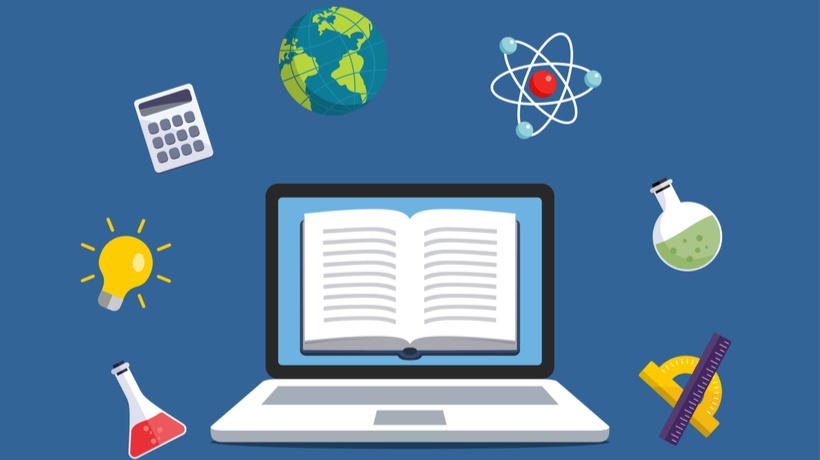In today’s significantly interconnected globe, the ability to function collaboratively is a vital skill. As traditional homework encyclopedia educational paradigms advance to fulfill the demands of the 21st century, collective learning becomes a pivotal concept. This write-up looks into the details of joint understanding, discovering its benefits, strategies, and difficulties, while providing insights right into exactly how it shapes modern-day education and learning.
Collaborative understanding goes beyond just collaborating.

It symbolizes an instructional technique where people take part in a cumulative effort to get knowledge, resolve troubles, and attain a common objective. This approach emphasizes the value of diversity in idea and cultivates deeper understanding through communication and shared experience.
The Advantages of Collaborative Discovering
Joint knowing provides a myriad of advantages, making it a popular technique in academic settings across the globe. Among the primary benefits is the improvement of vital assuming abilities. As students involve with peers, they are exposed to various perspectives, urging them to examine and assess details extra seriously.
An additional considerable advantage is the improvement in communication abilities. Collaborative understanding settings demand active listening, express expression of ideas, and respectful discourse. These abilities are invaluable, not simply academically, yet in expert and social contexts also.
Cognitive growth is likewise notably boosted through collaborative efforts. Working together calls for learners to articulate their thinking, obstacle presumptions, and incorporate various perspectives, bring about much deeper cognitive handling and retention.
- Boosted critical believing
- Boosted communication abilities
- Boosted cognitive development
- Higher retention prices
- Fostering of social and leadership abilities
The cumulative effect of these benefits is a much more alternative educational experience. Learners not just get understanding but additionally create essential life skills that prepare them for future collective ventures in any field.
Strategies for Effective Collaborative Discovering
Applying joint understanding efficiently needs thoughtful technique and preparation.

Educators has to create an atmosphere conducive to collaboration, where students really feel risk-free and motivated to participate honestly. Below are some approaches that can facilitate effective collective understanding experiences.
Firstly, developing clear objectives and assumptions is paramount. When learners recognize the objectives and their duties within the group, they are more likely to engage meaningfully. Educators needs to connect these purposes explicitly and guarantee they are straightened with the curriculum.
Secondly, making use of varied group frameworks can improve the understanding experience. By varying group composition, whether by ability degree, passion, or background, teachers can promote dynamic interactions and a much more thorough understanding of the product.
Difficulties in Collaborative Learning
While collaborative knowing provides numerous benefits, it is not without its challenges. One usual concern is the disparity in group participant participation. Some people may dominate discussions, while others might be less likely to add, causing an imbalance in the discovering experience.
- Diverse degrees of participation
- Prospective for conflict
- Time administration difficulties
- Numerous levels of dedication
Additionally, disputes can arise due to varying viewpoints, working styles, or misunderstandings. Educators needs to be geared up to manage these conflicts successfully, fostering an environment where respectful discussion prevails.
The Duty of Technology in Collaborative Discovering
In the digital age, innovation plays an instrumental function in promoting collective discovering. Online systems break geographical barriers, allowing individuals from varied places to collaborate in real time. These devices supply a multitude of features that improve collaborative efforts, from shared papers and conversation forums to virtual conference rooms.

Innovation not just broadens the range of who can participate in collaborative discovering however additionally enriches the top quality of interaction. Learners can access a wider range of resources, engage with interactive material, and use their understanding in ingenious means.
Future of Collaborative Understanding
Looking ahead, the future of joint knowing appears encouraging. As educational institutions continue to accept modern technology and innovate instructional techniques, partnership will likely become a foundation of learning experiences in all degrees of education.
Eventually, the essence of collaborative discovering lies in its capacity to equip individuals through shared initiative and good understanding. As we progress, growing these experiences will certainly be essential in preparing students not simply to succeed academically, but to prosper in a complex, interconnected world.
